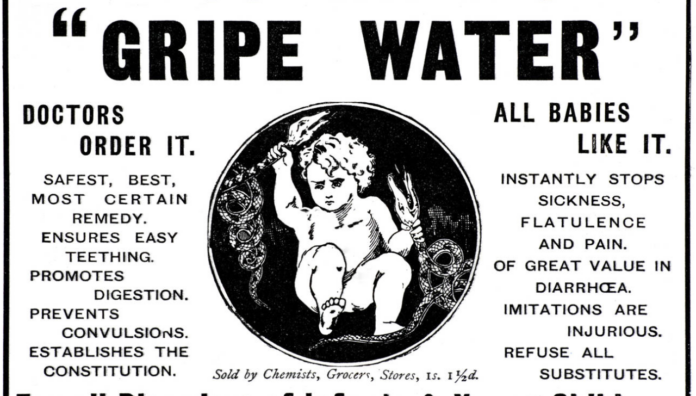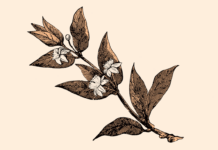It’s been in pharmacies for over 170 years but should parents gripe about it?
In 1851, William Woodward had a good idea. The American-born pharmacist had just purchased a pharmacy in Nottingham, England. Noting that local doctors were treating numerous patients for ‘fen fever’ (malaria) he formulated his own product, a remedy inspired by their medication. Woodward’s original formula contained sodium bicarbonate, alcohol, dill oil, water and sugar.1,2
It soon became clear to Woodward and his customers that his elixir had a calming effect on colicky babies and infants with gastrointestinal discomfort. Hence, his fen fever remedy became ‘gripe water’, from the 19th century term
for gastroenteritis.1–3
Woodward’s brainchild was a hit, says British paediatrician Dr Ivan Blumenthal. ‘He sold [it] to the public by the ounce and to doctors and hospitals by the gallon.’1,2
To protect his product – and his profits – Woodward registered ‘Gripe Water’ as a trademark in 1876. Sales soared in the UK and abroad. His son William Harrison Woodward inherited a thriving business in 1912, which he sold in 1926.1
Does it work?
In its heyday, sales of Woodward’s Gripe Water (WGW) were based on enthusiastic recommendations from nannies and mothers, as well as doctors. The elixir went global, thanks to rave reviews from the wives of diplomats and servicemen. ‘Granny told Mother, and Mother told me.’1
Word had it that alcohol was the effective ingredient. And there was plenty of that back in the day, as high as 9% in some cases.1,6 However, the efficacy (not to mention safety) of alcohol in gripe water has long since been debunked.1 The secret has been previously hypothesised to more likely come from the sweet taste of the solution, which was thought to ameliorate colicky discomfort.1,9–11
Still, the overall effectiveness of gripe water to manage conditions like colic, vomiting, gas and teething pain is largely unknown. There is little research, and what exists is unconvincing. A 2015 study of 335 infants in India found gripe water did not prevent crying. Worse, it was associated with vomiting and constipation.7,12
Gripe water now
A quick Google search reveals that remedies labelled WGW are manufactured internationally, albeit with differing contents to the original formula. Numerous other iterations are also available. For example, Baby Gripe Water and Hartley’s Gripe Water are sold in Australia and contain a mix of herbal oils as their ‘active’ ingredients.1,4,5
Baby Gripe Water includes caraway oil, cardamom oil, cinnamon bark oil, clove bud oil, dill seed oil and sucrose.4
Hartley’s Gripe Water includes coriander oil, dill seed oil, Matricaria chamomilla, peppermint oil and sucrose.5
Much of the variability links to the alcohol and sugar in Woodward’s original formula. Concern gradually grew about giving alcohol and sugar to children. Consequently, in 1992, both were removed from the influential British formula.
Then, in 1993, WGW was banned as an ‘unapproved drug’ in the United States and several other countries.1,2,6 Manufacturers acted quickly removing the alcohol from their products, enabling them to be sold, largely unregulated, as dietary supplements or herbal remedies.2,6
In Australia, the Baby and Hartley’s gripe waters are Listed Medicines by the Australian Register of Therapeutic Goods, but are available for ‘self-selection by consumers’.1–3,7,8,13
References
- Blumenthal I. The gripe water story. J R Soc Med 2000;93:172–4
- Colic Calm. Gripe water: a brief history. February 2020.
- Krupa A. Gripe water: is it safe for your baby? Forbes Health. 2023.
- Australian Government. Therapeutic Goods Administration. Baby Gripe Water. 2023.
- Australian Government. Therapeutic Goods Administration. Hartley’s Gripe Water Oral Liquid. 2022.
- Jacob D. Why is gripe water banned? MedicineNet. 2023.
- Higuera V, Holland K. How to use gripe water to soothe your baby. Healthline 2023.
- WebMed Editorial Contributors. What is gripe water. 2023.
- O’Donovan JC, Bradstock Jr AS. The failure of conventional drug therapy in the management of infantile colic. Am J Dis Child 1979;133(10):999–1001.
- Markestad T, Bell R. Use of sucrose as a treatment for infant colic. 1997;76(4):356–8.
- Barr RG, Young SN, Wright JH, et al. Differential calming responses to sucrose taste in crying infants with and without colic. Pediatrics. 1999;103(5):e68.
- Jain K, Gunasekaran D, Venkatesh C, et al. Gripe Water Administration in Infants 1-6 months of age: a cross-sectional study. J Clin Diagn Res. 2015;9(11):SC06–8.
- Australian Government. Therapeutic Goods Administration. Reply to inquiry from Leigh Dayton 5 March 2024.


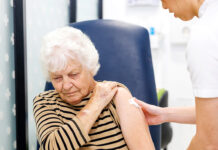
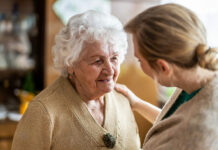
 This article was sponsored and developed in collaboration with PSA and Carers NSW[/caption]
However, pharmacists may perceive medication errors or non-adherence as a carer’s inability to fulfil this role,
This article was sponsored and developed in collaboration with PSA and Carers NSW[/caption]
However, pharmacists may perceive medication errors or non-adherence as a carer’s inability to fulfil this role,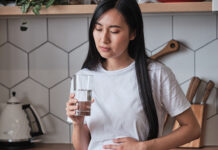
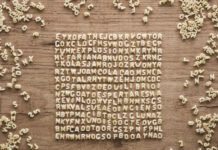

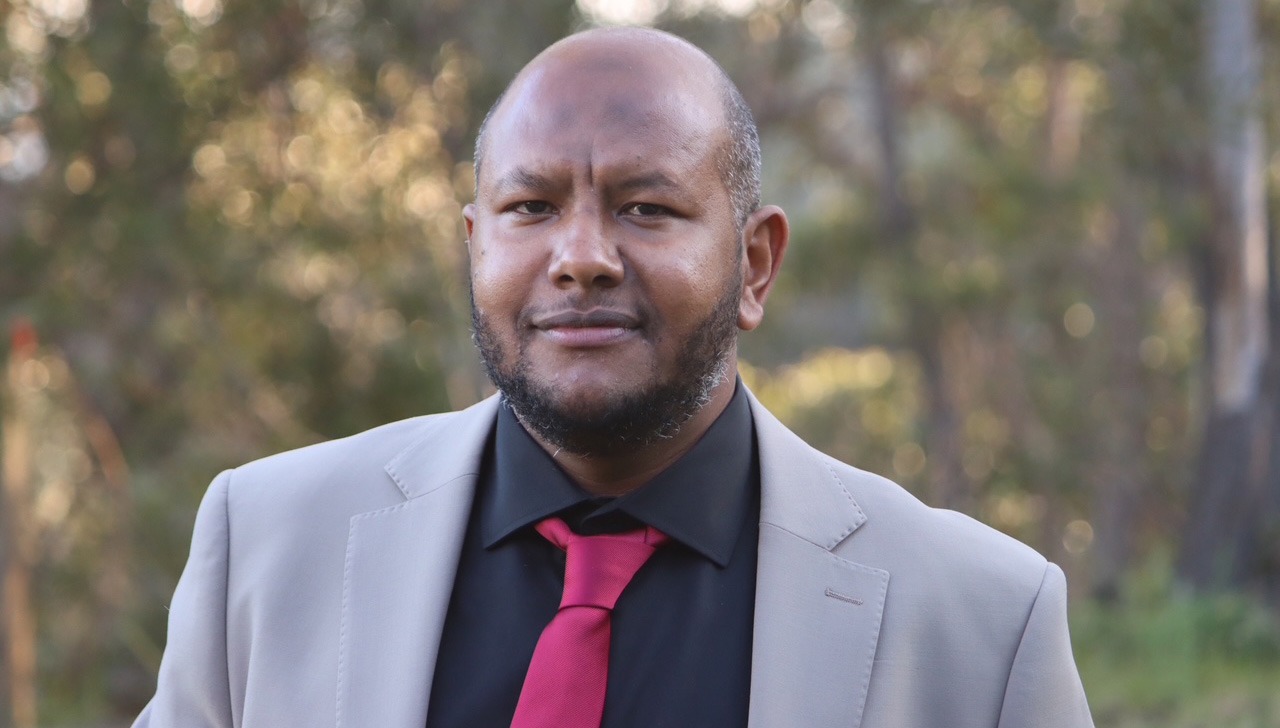 Now a PhD candidate, former Sudanese refugee and NSW Pharmacist of the Year
Now a PhD candidate, former Sudanese refugee and NSW Pharmacist of the Year 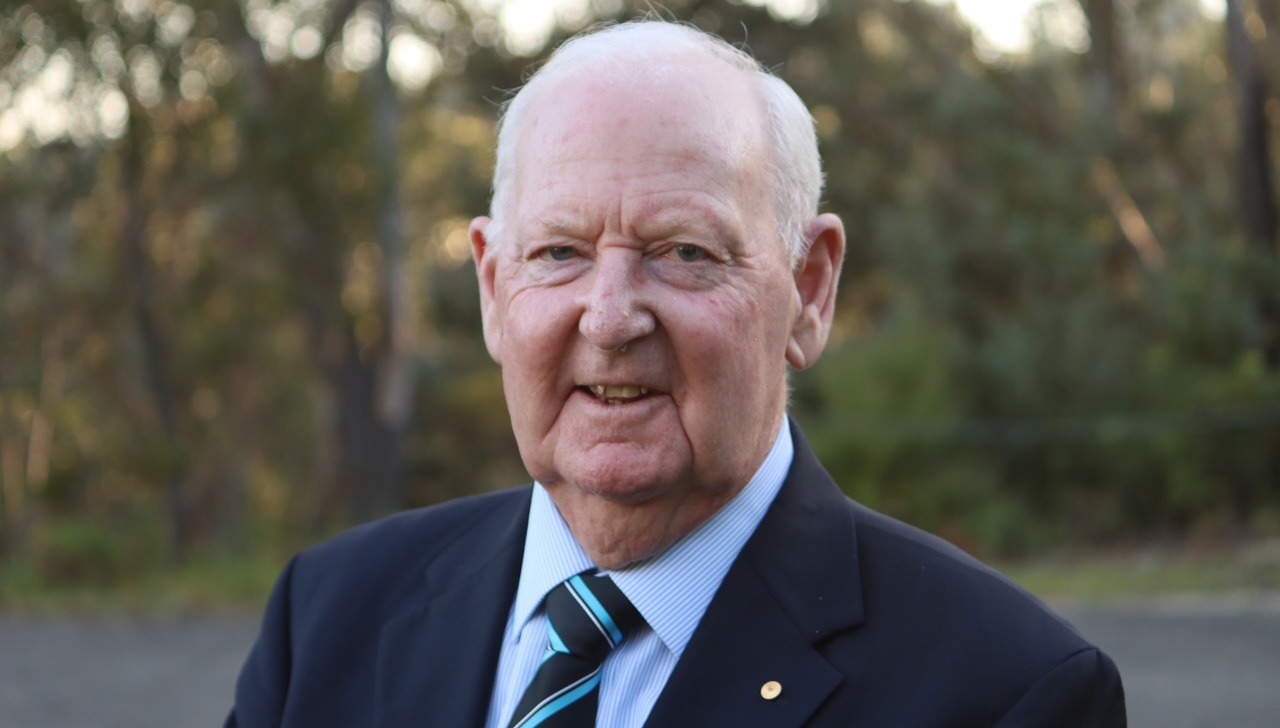 David North OAM
David North OAM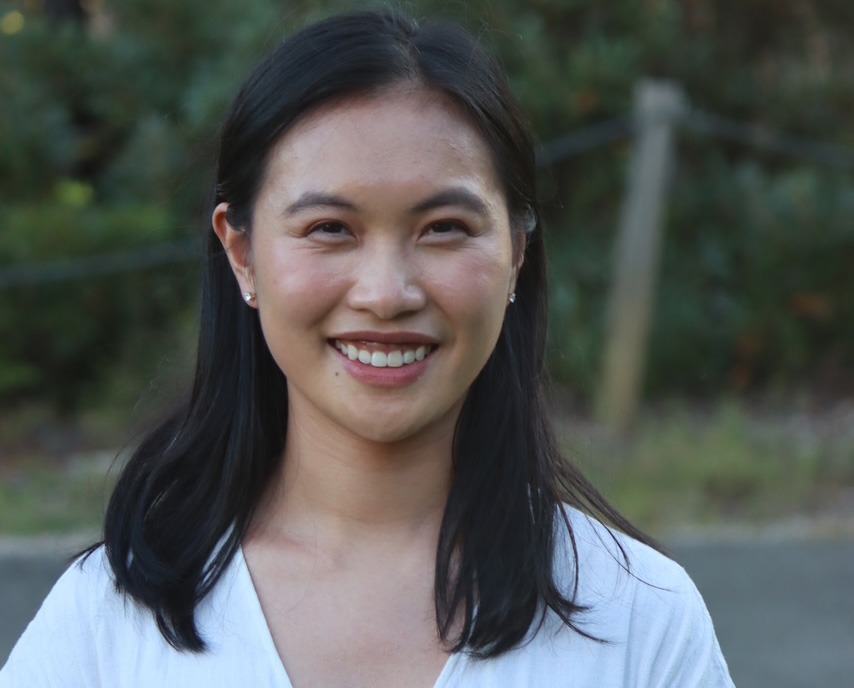 NSW Early Career Pharmacist of the Year Lily Pham
NSW Early Career Pharmacist of the Year Lily Pham